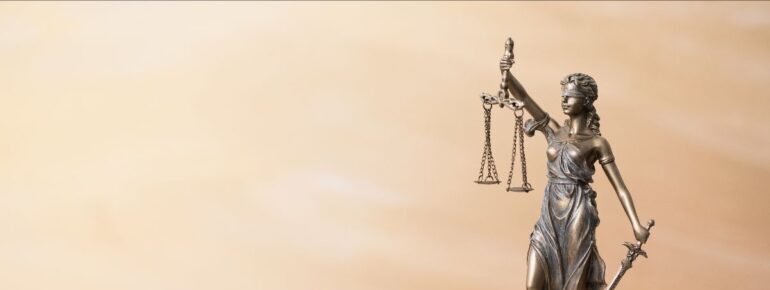
By Gary W. Schons
You are a young prosecutor preparing for your first domestic violence trial. Fortunately it’s “only” a misdemeanor charge—domestic battery—Penal Code § 243 (c)(1)—because the injuries to your victim, a young single mother of 2 small girls who was assaulted by the children’s father, were not serious, some minor contusions to the face where the defendant struck her.
The incident came to the attention of the police when your victim’s neighbors overheard the couple arguing and the victim scream out and they called the police. When the police arrived, your victim and the children were all upset and crying and the victim had contusions on her face. The defendant had already departed.
When the police asked the victim what had happened she denied she had been assaulted, but could not explain the bruises on her face or why she and the children were upset and crying. At that point the neighbors who had called the police, showed up and explained to the police that they had heard the argument and the victim scream and had seen the defendant leave in haste. The police then turned to the victim and she admitted that the girls’ father had showed up at the house unannounced to visit the girls, that she had denied him access to the children, an argument ensued and ended when he struck her once in the face. The police made a report and the father was soon thereafter arrested and charged.
A week before the trial you called the victim to review her testimony with her. As is not unusual in such cases, the victim said she lied to the police when she accused the father of striking her. She said she had been drinking that day and fell against the kitchen table which is why her face was bruised. She said what the neighbors overheard was a program on the television and not any argument in the house. She denied the children were upset or crying when the police showed up.
You then read her statements in the police report and you “remonstrated” with the victim to tell the truth and testify truthfully. Notwithstanding, the victim insisted she had not been battered by her children’s father and insisted unequivocally that she would so testify if called as a witness at trial.
You go talk to your boss, a seasoned DV prosecutor, who tells you this is a common dilemma, but that if the victim gets on the stand and denies being battered, you can impeach her with her prior inconsistent statements to the police under Evidence Code § 1235, and argue that the jury should credit that statement and not her (false) denial/recantation.
But you tell your supervisor that you recall from Professional Responsibility class, which you took 2 years ago, where you studied the ABA rules of professional responsibility that were recently adopted in large part by the California Supreme Court, that rule 3.3, candor to the tribunal, prohibited introducing knowingly false testimony, which you would be doing even though you intended to impeach that testimony under § 1235. Your boss said she had never heard of the ABA rules or the change to the California RPR , but insisted that what she was recommending had to be ethical because decisional law said it was proper under the Evidence Code, referring you to People v. Cowan (2010) 40 Cal.4th 401. But just to be sure, your supervisor calls in the office’s ethics expert, code name, “Yoda.”
Presented with the issue, Yoda advises that rule 3.3, on its face does provide: “A lawyer shall not offer evidence that the lawyer knows to be false.” But Yoda cautions that you have to read beyond the rule, itself, and must refer to the comments. Yoda notes that Comment 2 to the ABA rule notes that the prohibition is intended to prevent the tribunal from being misled by false statements of fact or evidence and that Comment 5 provides that a lawyer does not violate the rule if the lawyer offers evidence for the purpose of establishing its falsity. Here, introducing the victim’s false recantation and then impeaching it is not intended to mislead the court and the jury and the intent is to impeach the testimony by showing it is false.
But as Yoda is expounding on the ABA ethics rule and its comments, the supervisor brings up the new rules on her computer and says, “I don’t find that language in the comments to California rule 3.3 that you just cited.” Yoda is stunned, but soon recovers and advises as follows: “That might be correct, but there is little doubt that the rule is not violated by this procedure because it does not mislead the tribunal with false evidence or testimony, which is the purpose of the rule, and is permitted by the case law.” He then pulls the trump card and cites to Rule 1.0, Comment 4 that says that “Ethics opinions and rules and standards promulgated by other jurisdictions and bar associations may also be considered.” Yoda pronounces, that’s good enough for me, and then tells you, “Oh by the way, make sure you run an in limine motion by your trial judge before trial starts to give notice to the defense and have the court’s blessing to proceed with the examination and impeachment of the victim.
Gary W. Schons is head of Best Best & Krieger’s Government Policy & Public Integrity practice.
This article was originally published on the SDCBA website. Click here to view.
**No portion of this summary is intended to constitute legal advice. Be sure to perform independent research and analysis. Any views expressed are those of the author only and not of the SDCBA or its Legal Ethics Committee.**